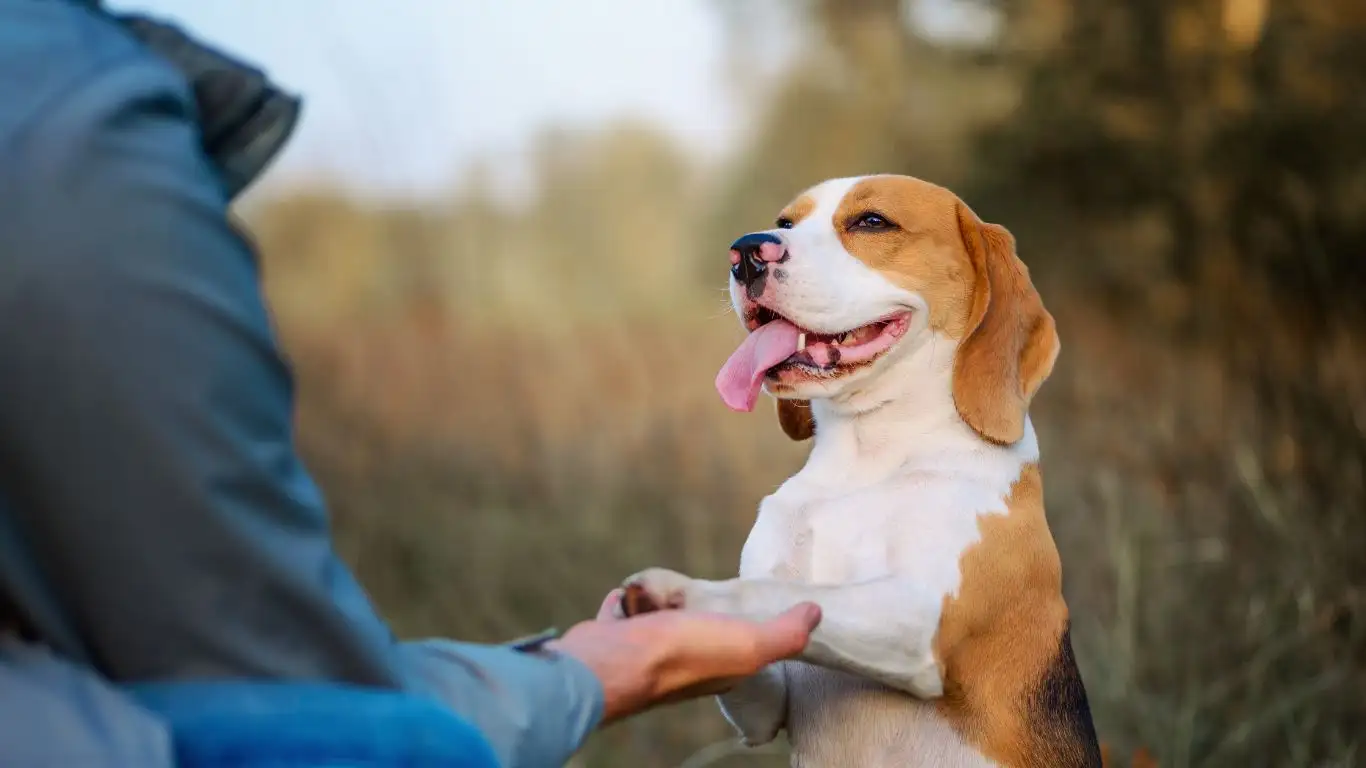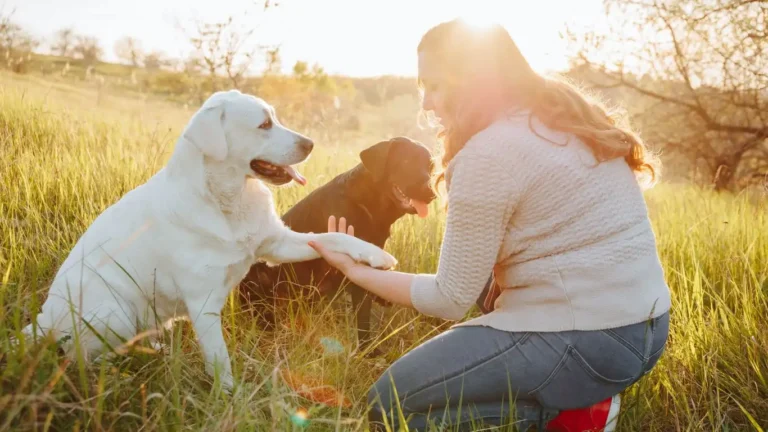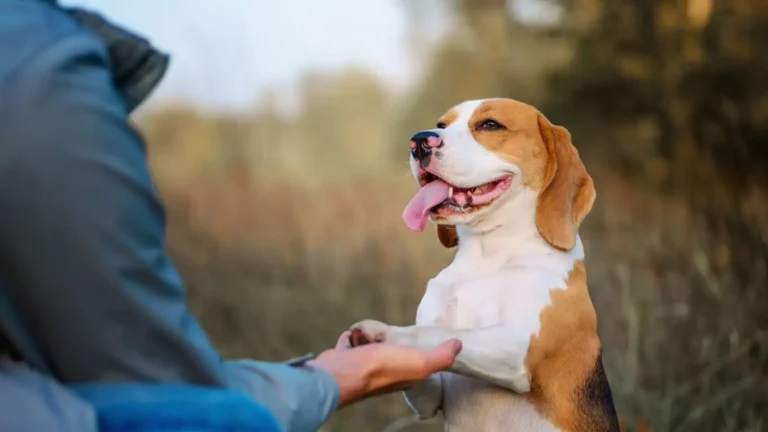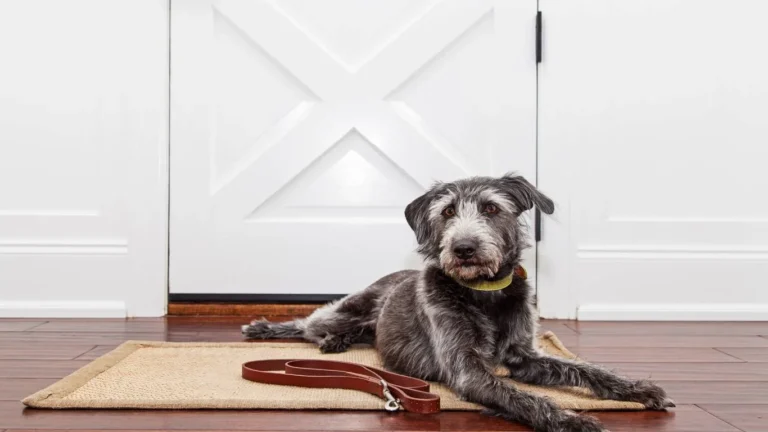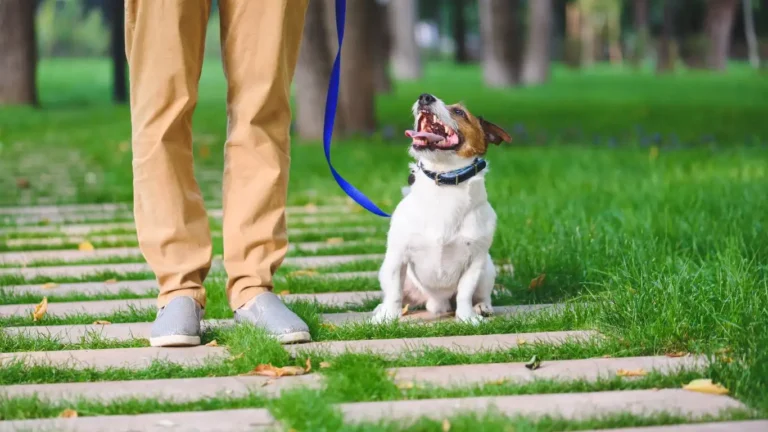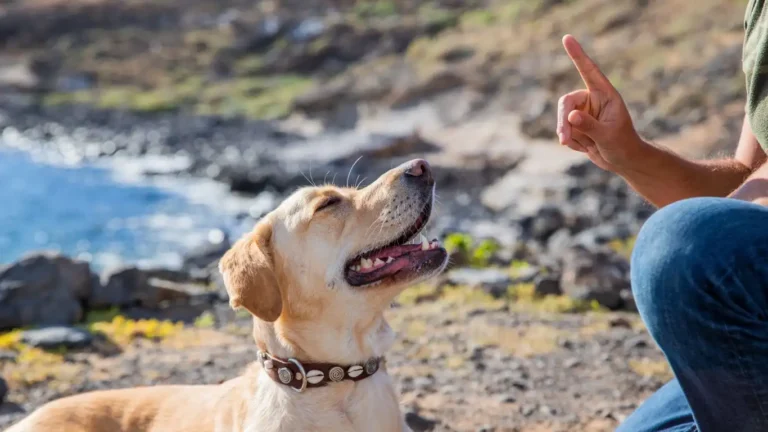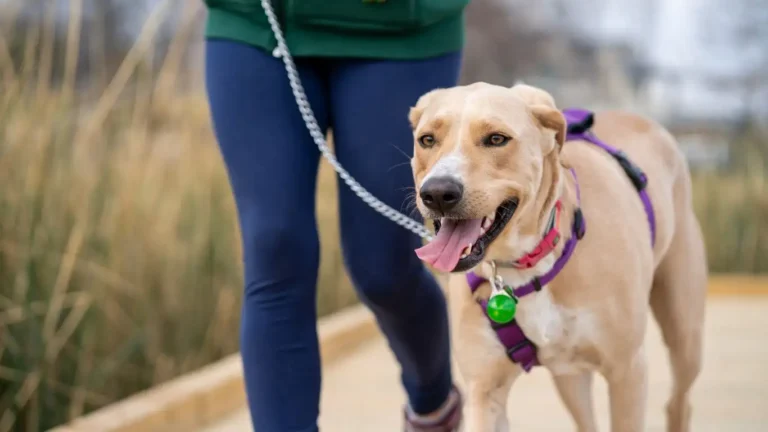Proven Tips to Train Your Dog to Stop Nipping When Excited and Gain Control
When you bring a dog into your life, one of the most exciting (and sometimes challenging) parts of training is learning how to communicate with them. But what happens when excitement turns into nipping? For many dog owners, understanding how to train a dog to stop nipping when excited can be a tricky hurdle. Having worked with countless dogs and owners in my role as a Canine-Assisted Therapy Trainer, I’ve seen firsthand how nipping can become a frustrating behavior, especially if not addressed early on. The good news is, with patience and the right techniques, you can teach your dog to manage their excitement without turning to biting. Let’s dive into why dogs nip in the first place and how you can help curb this behavior with some proven strategies!
Why Do Dogs Nip When They’re Excited?
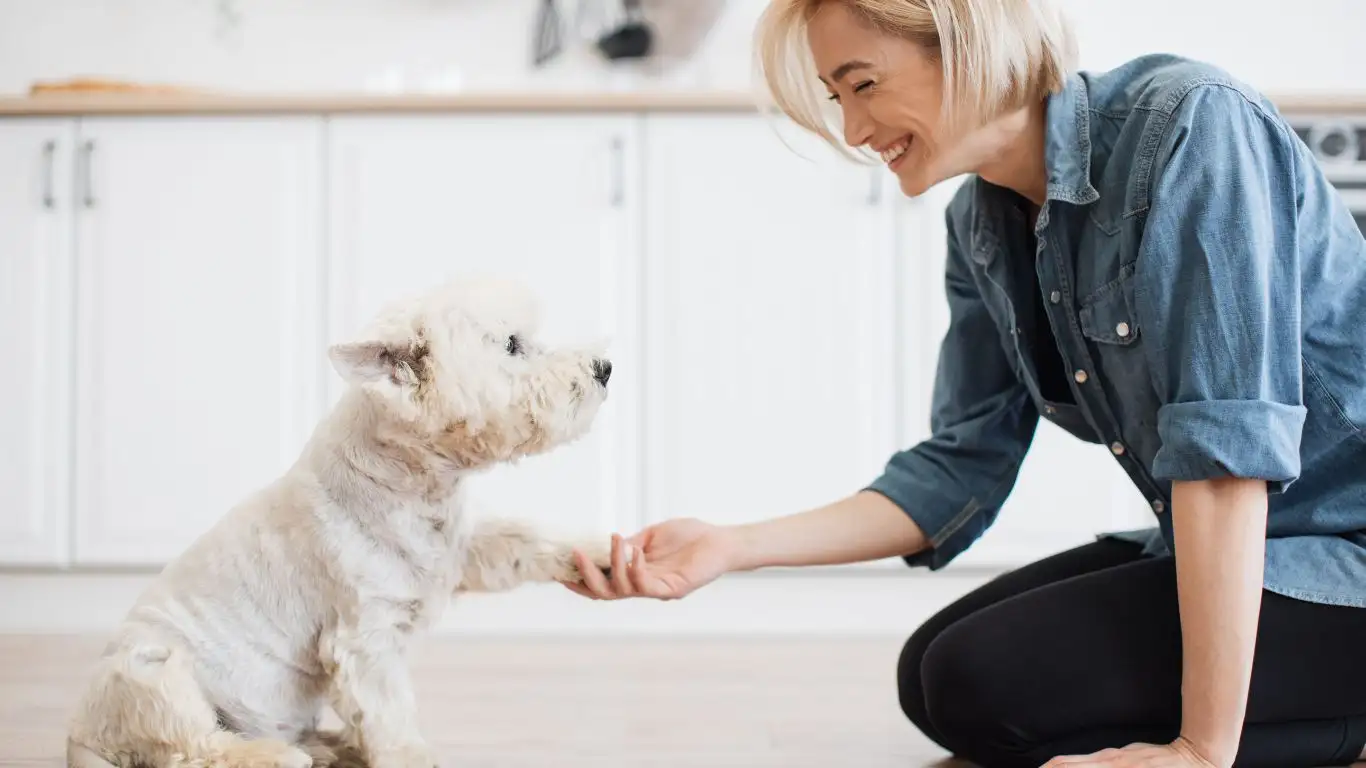
Before we get into how to train a dog to stop nipping when excited, it’s essential to understand why dogs nip in the first place. It’s a common misconception that nipping is purely a sign of aggression, but often, it’s a result of excitement or overstimulation. When dogs get excited, especially in social settings or during playtime, they may not know how to express their emotions appropriately. Nipping can be their way of communicating or trying to engage more with you or other people.
For instance, when I’m working with a dog who’s constantly nipping during training sessions, I often see that it’s their way of reacting to the high-energy environment. It’s almost as if they can’t contain their excitement, so they resort to using their teeth. While this behavior can seem playful, it can quickly turn into an issue if not corrected. And when we see it with puppies, it’s often their way of exploring the world. They don’t know the difference between soft and hard play, which can lead to nipping when they’re overly excited.
Is Nipping Always a Sign of Aggression?
It’s important to note that not all nipping is aggressive. In fact, most of the time, it’s a harmless display of overenthusiasm. However, nipping can evolve into a bigger problem if not addressed properly. For example, if a dog is allowed to nip or bite when they’re young, they may not learn proper bite inhibition. This can cause trouble down the line, especially when they grow into adulthood and their size and strength increase.
In my experience, this is why early training is key. I’ve worked with numerous dogs who had a habit of nipping, and we were able to resolve it through consistent, positive reinforcement techniques. The goal is to prevent nipping from becoming an ingrained habit, which can be challenging to undo once it’s established.
How to Train a Dog to Stop Nipping When Excited
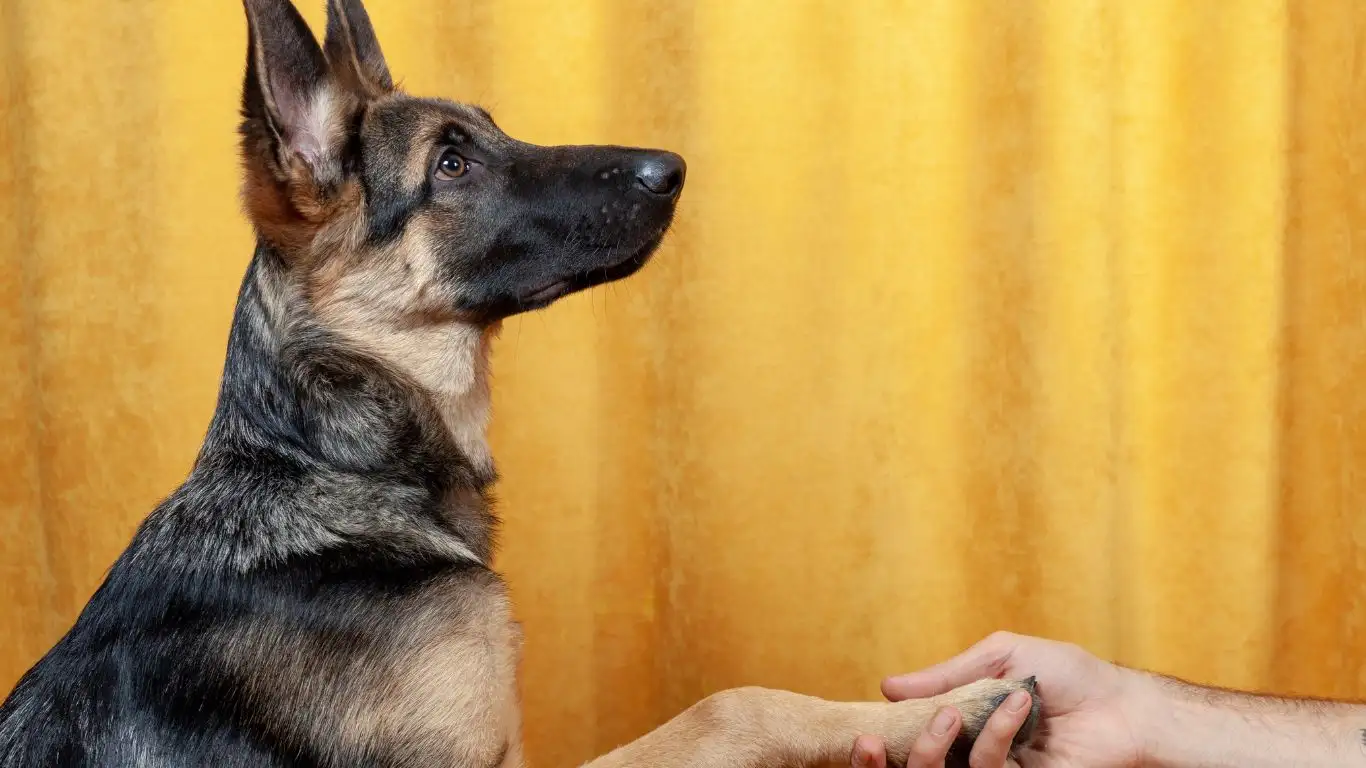
Training a dog to stop nipping when they’re excited requires patience, consistency, and the right methods. There’s no one-size-fits-all approach, but I’ve developed a system that works for most dogs, regardless of breed or age. Here are the steps I recommend to stop nipping in its tracks:
1. Redirect the Behavior
One of the most effective techniques I use is redirecting the dog’s attention to something else when they start to nip. For example, when your dog starts to get excited and attempts to nip, offer them a chew toy, a ball, or another object they can focus on. This works because it satisfies their need to chew or engage with something while steering them away from your hands or clothing. Over time, they’ll learn that nipping doesn’t get them the attention or interaction they want, but chewing a toy does.
My personal experience with this method has been extremely positive. Dogs love having a designated outlet for their excitement, and once they realize that nipping isn’t the best way to get attention, they start seeking out alternatives. The key is to be consistent every time your dog starts to nip. Don’t give in, even if they’re being extra cute or playful!
2. Use Positive Reinforcement
Positive reinforcement is a cornerstone of any dog training. When your dog refrains from nipping and instead engages with a toy or sits calmly, reward them with praise, treats, or a game. This reinforces the behavior you want to see more of and helps your dog understand that calm behavior is desirable.
It’s important to make the reward immediate and consistent. I always tell dog owners to use a “yes” or “good” word right when the dog does something right. This builds a clear connection in the dog’s mind between their behavior and the reward. Positive reinforcement also fosters a loving bond between you and your dog, as they begin to associate good behavior with enjoyable experiences.
Creating Calm Environments for Excitable Dogs
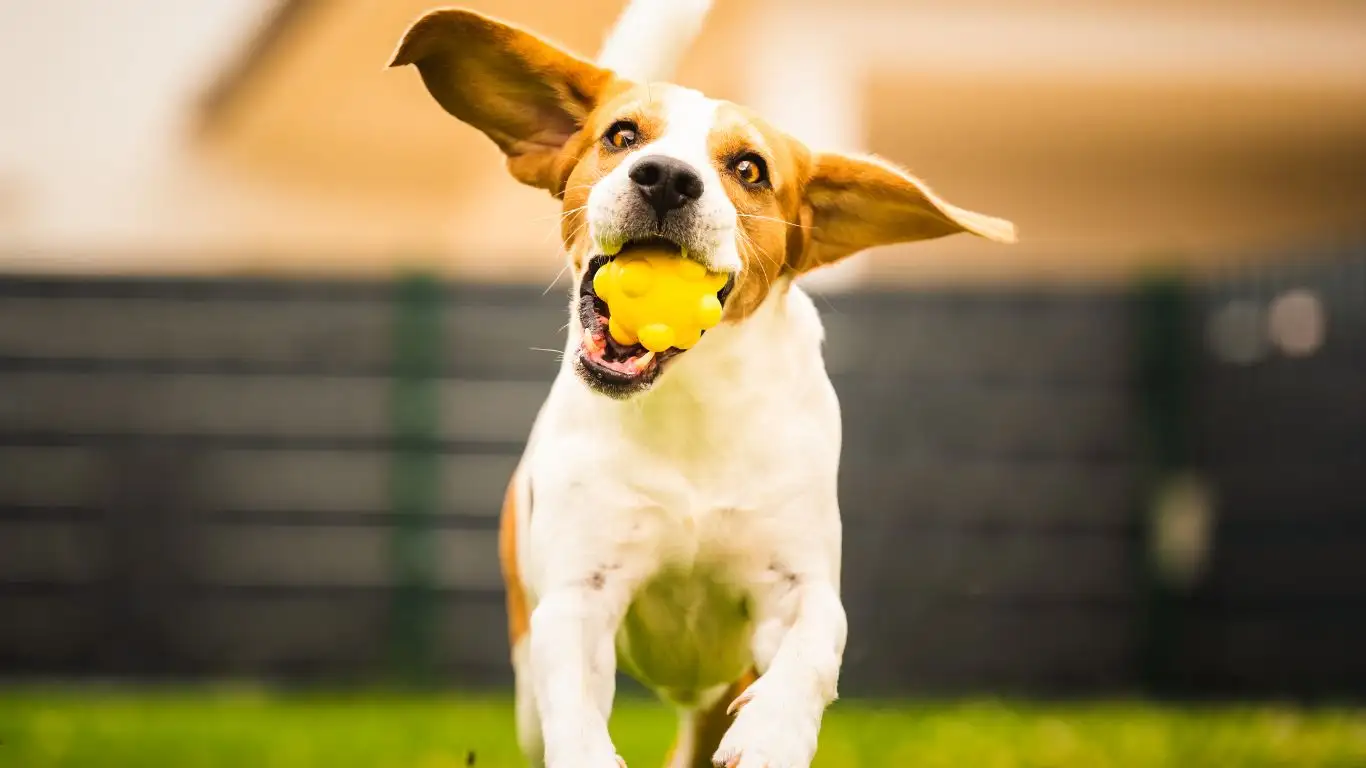
For some dogs, the environment plays a huge role in how much they nip when excited. High-energy situations, like crowded rooms or playdates with other dogs, can be overwhelming. In these instances, managing the environment is just as important as training. I always recommend creating a calm space where your dog can relax and unwind before entering high-energy situations. This could be as simple as a quiet corner in the house with a comfortable bed and some chew toys.
When I’m working with an excitable dog, I also encourage the owner to schedule calmer playtimes. This helps the dog learn to control their excitement in more structured ways. Over time, your dog will learn how to balance their energy, making it easier to avoid nipping when they get too excited.
3. Practice Calmness in Low-Excitement Situations
Start training your dog to be calm in low-excitement situations before trying to address the high-energy moments. For example, practice having them sit calmly when they greet you after a short absence. This teaches them that calmness brings rewards, and it’s easier to apply this concept to more exciting scenarios once they’ve mastered the basics.
In my experience, training in stages like this—starting small and working up to bigger challenges—is the key to success. It not only makes the process smoother but also helps your dog gain confidence in their ability to stay calm. And when they finally master the art of calmness in high-energy environments, you’ll see a huge shift in their behavior!
Consistency is Key: Establishing Routine and Boundaries

When it comes to training a dog to stop nipping when excited, one thing I always emphasize is the importance of consistency. Without a routine and clear boundaries, your dog will be confused about what’s acceptable and what isn’t. I’ve seen too many owners unintentionally reinforce bad behavior by being inconsistent. For example, one day a dog may get scolded for nipping, but the next day, they get attention for the same behavior. This inconsistency only confuses them and can prolong the training process.
My advice is to establish a clear routine right from the start. It’s not just about when and how you reward good behavior, but also about how you react to nipping. If you don’t want your dog to nip during playtime, ensure that you’re not rewarding them with attention when they do so. For me, consistency has always been the golden rule of dog training—dogs thrive on predictability and structure.
Set Clear Boundaries for Playtime
In my experience, one of the most common scenarios where nipping occurs is during play. When dogs get excited, their impulses take over, and they often forget their manners. I always recommend setting clear boundaries during playtime. This means making it known that biting or nipping will result in an immediate break from the game. For instance, when a dog nips during play, stop playing right away and turn your back or walk away for a few moments. This lets them know that the fun stops when they nip.
It’s important to remember that dogs will not connect the consequence to their behavior unless you’re consistent. If you walk away during play, be sure to do so every time they nip. Over time, your dog will begin to understand that nipping leads to no fun and will stop doing it in hopes of continuing the game. I’ve used this approach with many of my clients, and it’s always a game-changer.
Redirecting Energy: Burn Off Excess Excitement
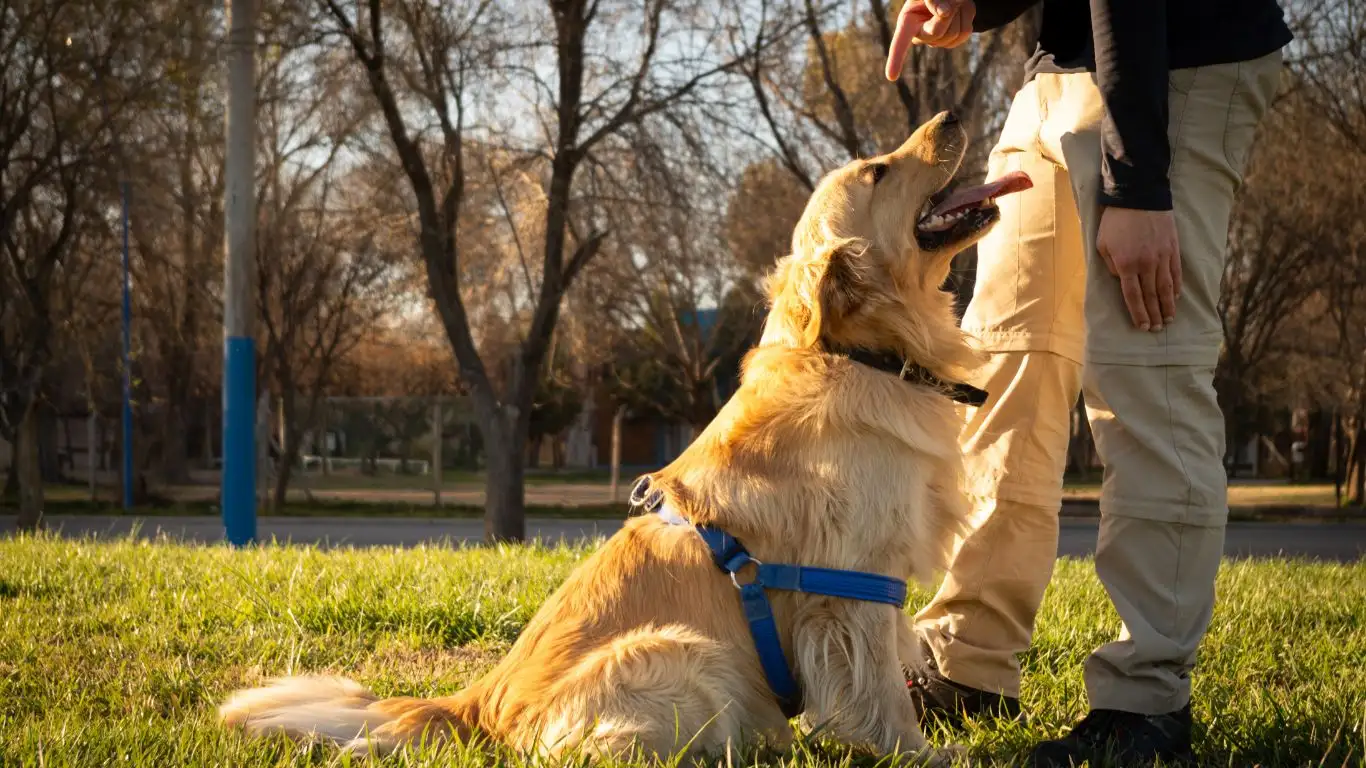
Another strategy I use when helping dogs stop nipping is redirecting their energy. Often, dogs nip simply because they have too much pent-up excitement or energy that they need to release. In these cases, burning off some of that excess energy can be an effective way to reduce nipping. Think about it: just like us, dogs can get overwhelmed by their own excitement. If they don’t have an outlet for it, they’re more likely to act out by nipping.
In my training sessions, I always make sure that my dogs get plenty of exercise before engaging in any training activities. When a dog is tired, they’re more focused and less likely to act impulsively. Whether it’s a good game of fetch, a long walk, or some tug-of-war, getting the dog physically worn out before training is a great way to keep them from getting too excited during the process. This technique also helps with impulse control, making it easier for the dog to resist the urge to nip.
Include Mental Stimulation Activities
Exercise is vital, but mental stimulation plays a huge role in reducing nipping behavior as well. Just like physical exercise, mental stimulation can tire a dog out and reduce their impulse to nip. I often suggest puzzle toys, scent games, and training exercises that challenge a dog’s mind. These activities engage their brain and tire them out in a different way. The more a dog’s brain is occupied, the less energy they have for misbehaving, such as nipping.
From my experience, mental stimulation is a key part of overall well-being for dogs. When they’re kept mentally engaged, their desire to act out of excitement decreases because they’ve already worked through their impulses in a constructive way. So, consider adding more enrichment activities to your dog’s routine. Try hiding treats around the house, using interactive toys, or teaching new tricks. It not only helps curb nipping but also builds a stronger bond between you and your dog.
Positive Distractions: Using Toys and Treats to Distract from Nipping

Sometimes, it’s not just about what you don’t want the dog to do, but also about offering them something better to do. This is where positive distractions come into play. When your dog starts nipping due to excitement, immediately offer a toy or treat to redirect their focus. This works because it gives them something tangible to focus on instead of engaging in nipping behavior.
In my training practice, I use a lot of positive distraction techniques, and they’re incredibly effective. For example, if I’m working with a dog that gets overly excited during greeting time and starts nipping, I’ll ask the owner to have a toy or treat on hand. The moment the dog starts to nip, we’ll redirect them with the toy or treat and reward them when they focus on the object instead of their teeth. Over time, the dog learns that engaging with toys or treats brings positive outcomes and nipping doesn’t.
Use High-Value Rewards to Keep Attention
One thing I’ve found to be particularly helpful is using high-value treats during training. If your dog is very food-motivated, try using something extra delicious that they don’t usually get. This could be pieces of chicken, cheese, or even peanut butter. High-value rewards grab your dog’s attention and can effectively distract them from nipping when they’re overly excited. The key here is to use something that keeps their focus on you and the task at hand rather than their own excitement.
Using rewards in this way doesn’t just curb bad behavior; it also strengthens your bond with your dog. The more you train using positive reinforcement, the more your dog will want to work with you because they associate you with good things. This relationship-building is vital for creating long-term behavior change.
Patience and Persistence: Staying the Course

One thing I can’t stress enough when it comes to teaching a dog how to stop nipping when excited is the importance of patience and persistence. When I first started working with dogs, I remember feeling frustrated with slow progress, but the key is never to give up. Training takes time, and progress may feel slow at times, but consistency and patience always pay off in the long run. Dogs learn at their own pace, and while some may catch on quickly, others may need more time and practice.
Personally, I’ve had dogs that seemed to nip uncontrollably in their first few sessions, only to eventually become calm and well-mannered. It all comes down to remaining committed and not getting discouraged when things don’t go as expected. The more time you invest in your dog’s training, the more you’ll see positive changes. And believe me, it’s always worth it when you start seeing your dog acting more calmly and learning to manage their excitement.
Understanding the Importance of Timeouts
Sometimes, no matter how much you redirect or reward good behavior, your dog might still nip out of excitement. This is where the timeout method can come in handy. When your dog starts nipping, give them a brief timeout. This is not meant to be a punishment but rather a way to help them calm down and reset. Timeouts are effective because they give the dog space to cool off and help them realize that excessive excitement and nipping lead to the end of playtime or attention.
I’ve seen this method work wonders in my practice. The key is to make the timeout brief—just a few minutes away from the situation can work wonders. It’s crucial not to punish your dog during this time, as that can cause confusion and anxiety. Instead, give them some time alone to relax. Once they’ve settled down, you can try reintroducing the play session with calm boundaries. It’s all about helping your dog learn that nipping disrupts the fun and that calm behavior is what keeps the play going.
Reinforcing Calm Behavior with Regular Practice
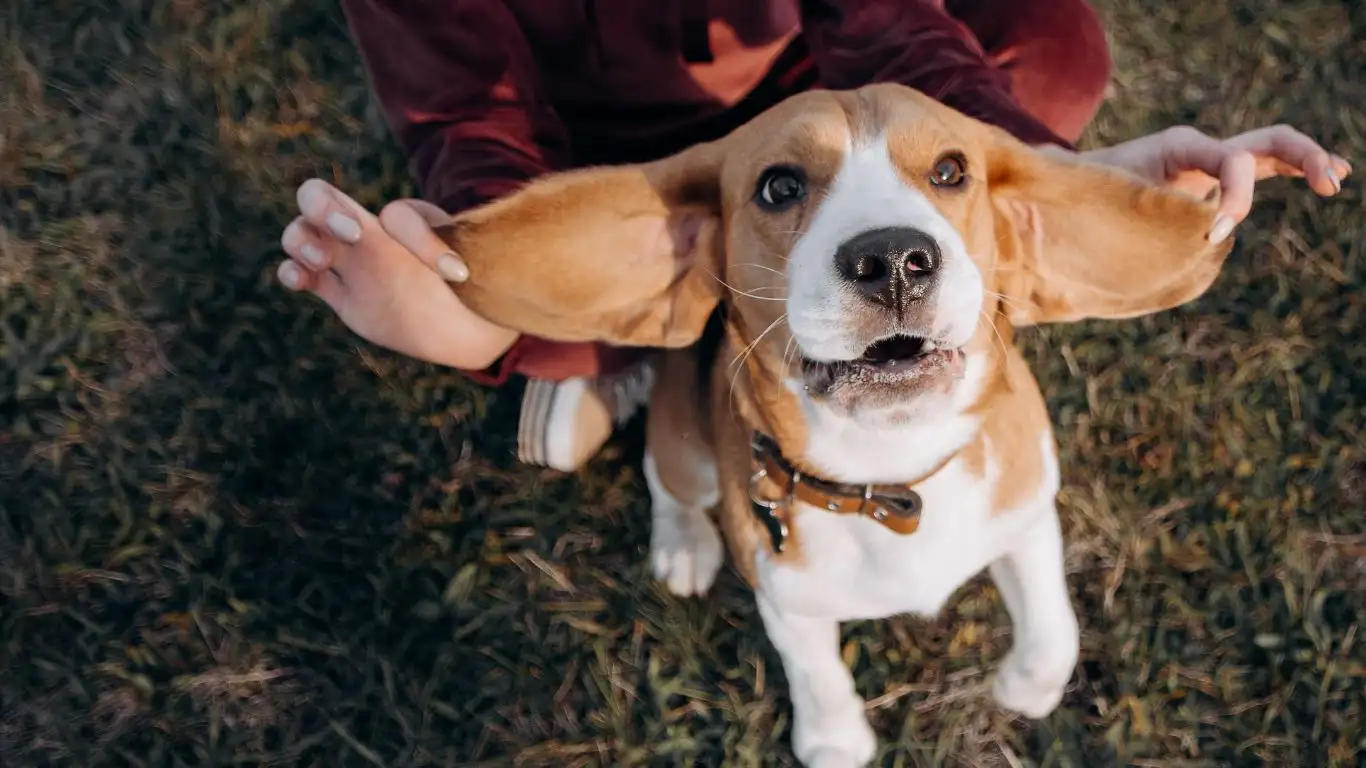
One of the most important aspects of teaching a dog to stop nipping when excited is ongoing practice. It’s not a one-time fix—it’s about integrating consistent, calm behaviors into your dog’s daily routine. The more you practice, the more your dog will begin to associate calmness with rewards. One method I’ve found really useful is incorporating calm exercises into daily life, like asking your dog to sit before they get their food or during moments of excitement like greeting guests.
By reinforcing calm behavior in everyday situations, you help your dog learn to manage their excitement even when things feel chaotic. For example, I always tell my clients to practice calming exercises when there’s less excitement—like teaching them to sit and stay calmly during low-stimulation moments. Then, gradually increase the level of excitement in the environment, such as during playtime or when company comes over, and have the dog practice the same calm behavior. This reinforces the idea that calm behavior is always rewarded.
Making Training Part of Daily Life
Training doesn’t have to be confined to scheduled sessions—it can become part of your everyday life with your dog. I often suggest to owners that they take advantage of routine moments to reinforce what they’ve taught. For example, when you’re putting on your shoes or getting ready to leave the house, practice having your dog sit or stay calmly. It doesn’t always have to be about correcting nipping directly but about teaching them to manage their emotions throughout their day. Small daily exercises can create big, lasting changes in your dog’s behavior.
From my experience, dogs thrive when they know what to expect and what’s expected of them. By incorporating these calming routines into their lives, you help prevent excitement from escalating into nipping. Over time, your dog will internalize these behaviors, and the constant need for redirection will diminish. This builds a stronger relationship with your dog and makes for a much more enjoyable and less stressful life together.
Seeking Professional Help When Necessary
There are times when the training just isn’t progressing as expected, and that’s perfectly okay! Don’t be afraid to reach out for professional help if you feel stuck. A professional trainer, especially one with experience in Canine-Assisted Therapy or behavioral issues like nipping, can offer tailored guidance to suit your dog’s unique needs. I’ve worked with a variety of dogs, and sometimes, it just takes a fresh perspective or a specialized approach to make significant progress.
If your dog’s nipping becomes more severe, or if you’re dealing with underlying behavioral issues like anxiety, aggression, or fear-based reactions, professional help is essential. Trainers can help identify triggers and offer more advanced techniques to curb the behavior. Don’t feel bad about seeking help—it’s a responsible decision that will ultimately benefit both you and your dog. And remember, training is a journey. Some dogs may take longer to overcome nipping, but with the right support, they will get there!
Don’t Forget About Your Own Role in Training
Finally, let’s talk about your role in training. It’s easy to focus on the dog and think that the only work lies in their behavior, but I’ve learned through years of experience that dog training is just as much about you as it is about your pet. It’s about setting clear boundaries, staying consistent, and having the patience to stick with the process. In fact, many behavioral problems are a reflection of inconsistent training or a lack of understanding of how to communicate with your dog effectively.
As a Canine-Assisted Therapy Trainer, I always remind my clients that dog training is a partnership. It requires collaboration, patience, and understanding on both sides. While your dog is learning to stop nipping, you’re learning how to communicate with them and help them navigate their emotions. It’s a learning process for both of you, and the stronger your bond, the more success you’ll see in the training process.
References
Disclaimer
The information provided in this article is intended for educational purposes only and should not be used as a substitute for professional veterinary or training advice. Always consult with a qualified veterinarian or professional dog trainer for guidance specific to your pet’s needs.
